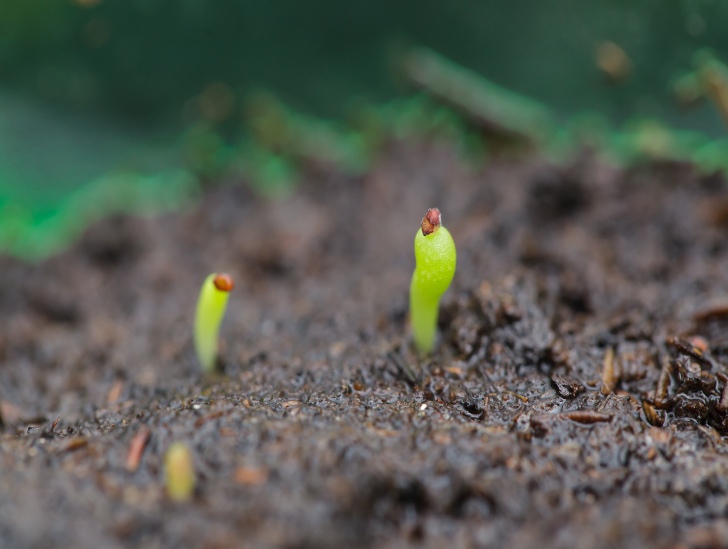Growing cacti from seeds is a rewarding endeavor that allows enthusiasts to nurture these resilient plants from their earliest life stages. With their unique adaptations and captivating forms, cacti make for fascinating additions to any garden or indoor space. However, successfully cultivating cacti from seeds requires careful planning and attention to detail. This guide outlines essential tips and techniques for those looking to engage in this horticultural journey.
Choosing the Right Seeds
When embarking on your mission to grow cacti from seed, the first step is selecting the right seeds. Cactus seeds can vary significantly in their requirements and growth habits. It’s crucial to choose seeds that are compatible with your environmental conditions.
Researching the specific species you wish to grow is vital. For example, if you want to cultivate the iconic Saguaro or the diminutive Mammillaria, their germination requirements may differ greatly. Consider sourcing seeds from reputable suppliers who provide clear information about the origin and quality of their seeds.
It’s also beneficial to consider the geographic conditions of your local area. Certain species may thrive in your climate while others might struggle. To enhance the odds of successful germination, choose species that align with your regional environment.
Understanding Germination Conditions
Once you have selected your seeds, the next step is to comprehend the optimal germination conditions. Cactus seeds generally require warmth, light, and adequate moisture to successfully germinate.
Temperature plays a critical role in seed germination. Most cactus seeds thrive in temperatures between 70°F to 85°F (21°C to 29°C). A seedling heat mat can be an excellent investment for maintaining a consistent warmth that promotes efficient germination. Some varieties, however, may require slightly cooler temperatures, so it’s essential to refer to the specific needs of your chosen species.
Light is another key factor. Unlike many other plants, cactus seeds often benefit from light exposure during the germination phase. A south-facing windowsill or a grow light can provide the necessary brightness. Just ensure that the light is not too intense to scorch the seedlings, particularly in the early growth stages.
Moisture management is critical. Overly wet conditions can promote fungal growth, while excessively dry conditions can hinder germination. A balanced approach is to use a fine spray bottle to keep the soil moist without waterlogging it. A well-draining soil mix—typically a blend of cactus soil and perlite—can help achieve this delicate moisture balance.
Preparing the Soil
The choice of soil is imperative to replicating the natural habitat of cacti. Standard potting soil is often too dense and retains moisture, which is not ideal for cacti. A specialized cactus mix or a DIY blend of potting soil and coarse sand or perlite can improve drainage.
Before planting, it is advisable to sterilize the soil mix to eliminate any potential pathogens. This can be achieved through an oven-baking method, where the soil is heated for about 30 minutes at 180°F (82°C). Allow the soil to cool before proceeding with the planting process.
Once your soil is prepared, fill seed trays or small pots with the mixture, and lightly moisten it. Use a pencil or your fingers to create shallow furrows for planting the seeds. Be sure to space the seeds adequately, as cacti can develop extensive root systems that need room to grow.
Planting the Seeds
When planting cactus seeds, scatter them evenly over the prepared soil. Do not bury them excessively, as most seeds require light to germinate. A light dusting of the soil mix on top can help provide a barrier without hindering light access.
After planting, a gentle misting helps settle the seeds while avoiding displacement. Covering the trays or pots with a clear plastic lid or plastic wrap can help maintain humidity, creating a mini greenhouse effect, which is beneficial for germination.
Providing Care After Germination
Patience is essential, as cactus seeds can take anywhere from a few weeks to several months to germinate, depending on the species. Once the seedlings emerge, typically they will exhibit a tiny spiky form—a sign of healthy growth.
Transitioning to direct sunlight should begin gradually. Start with a few hours of morning sun before transitioning to full sun exposure. This acclimatization process is essential to prevent sunburn.
During the early growth phase, avoid overwatering. Allow the topsoil to dry out before the next watering. Smaller, younger plants are particularly susceptible to rot, so be vigilant and adjust your watering schedule based on the humidity of your environment.
Once your seedlings reach a size where they can be handled, consider potting them individually. This gives each plant ample space to grow and fosters better airflow around them. Ensure that each pot also has adequate drainage to prevent any complications due to waterlogging.
Common Challenges and Solutions
Pests may also pose a threat to vulnerable seedlings. Be vigilant for signs of infestations and treat them promptly with appropriate organic pest control methods. Regular inspection ensures that any issues are resolved before they escalate.
Conclusion
Growing cactus from seed can initially seem daunting, but with the right techniques, it can be an incredibly fulfilling project. From selecting the appropriate seeds and providing the correct conditions for germination to nurturing the seedlings into healthy plants, each stage is significant. By adhering to these guidelines, you can cultivate stunning cacti that reflect your dedication and passion for these extraordinary plants. Embark on this journey, and relish the satisfaction of growing your own cacti from scratch.





Leave a Comment